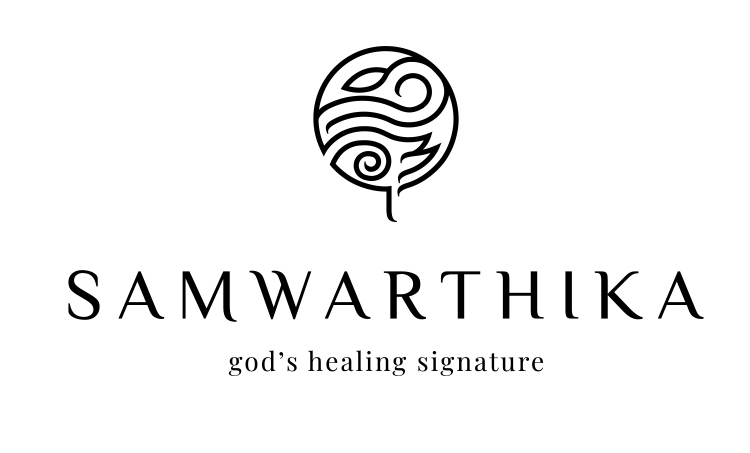The word chorea is derived from a greek word ‘Khorea’ which means dancing movement. We all are also familiar with the term choreography which means designing the steps of the dance. Today I would like to write about one of the commonest neurological disorder called chorea. As I said before it is defined as “Abnormal jerky movement of a body part which is lasting more than 10 secs. It seems like a involuntary dancing movements. The nature of the movement is quasive purposive non- rhythmic, jerky and distal movements. It can be either unilateral or bilateral. It is caused due to degenerative changes in caudal nucleus, one of the part of basal ganglia. The prevalence of this condition is 3 to 5 per 100000 people as per WHO. Generally two types of chorea is commonly seen.
Huntington Chorea
It is a neurodegenerative disease that is mostly inherited and manifested usually within 3 to 5 decades of life. Huntington Disease is inherited from an affected parent who carries HTT (Huntington gene) mutation. Symptoms of HD are:
- Lack of co-ordination
- Unsteady gait
- Difficulty in speech
- Hallucination
In some cases HD occurs before 20 years of age and known as juvenile Huntington chorea.
Drug induced chorea
It is the most common cause of chorea now a days. Patients under medication like Syndopa, Phenyton, and Amphetamines are usually subjected to chorea in long run. Lithium and cocaine poisoning are also results in chorea like symptoms.
In Ayurveda, chorea like symptoms comes under Akshepaka janya vyadhis which comes under vatha vyadhi. Ayurveda treatments such as Dhanyamladhara,Udwarthanam,Jambeera Pinda Swedam,Pizhichil etc and Panchakarma treatments like Nasyam is very much effective based on constituentof patient and severity of disease.

